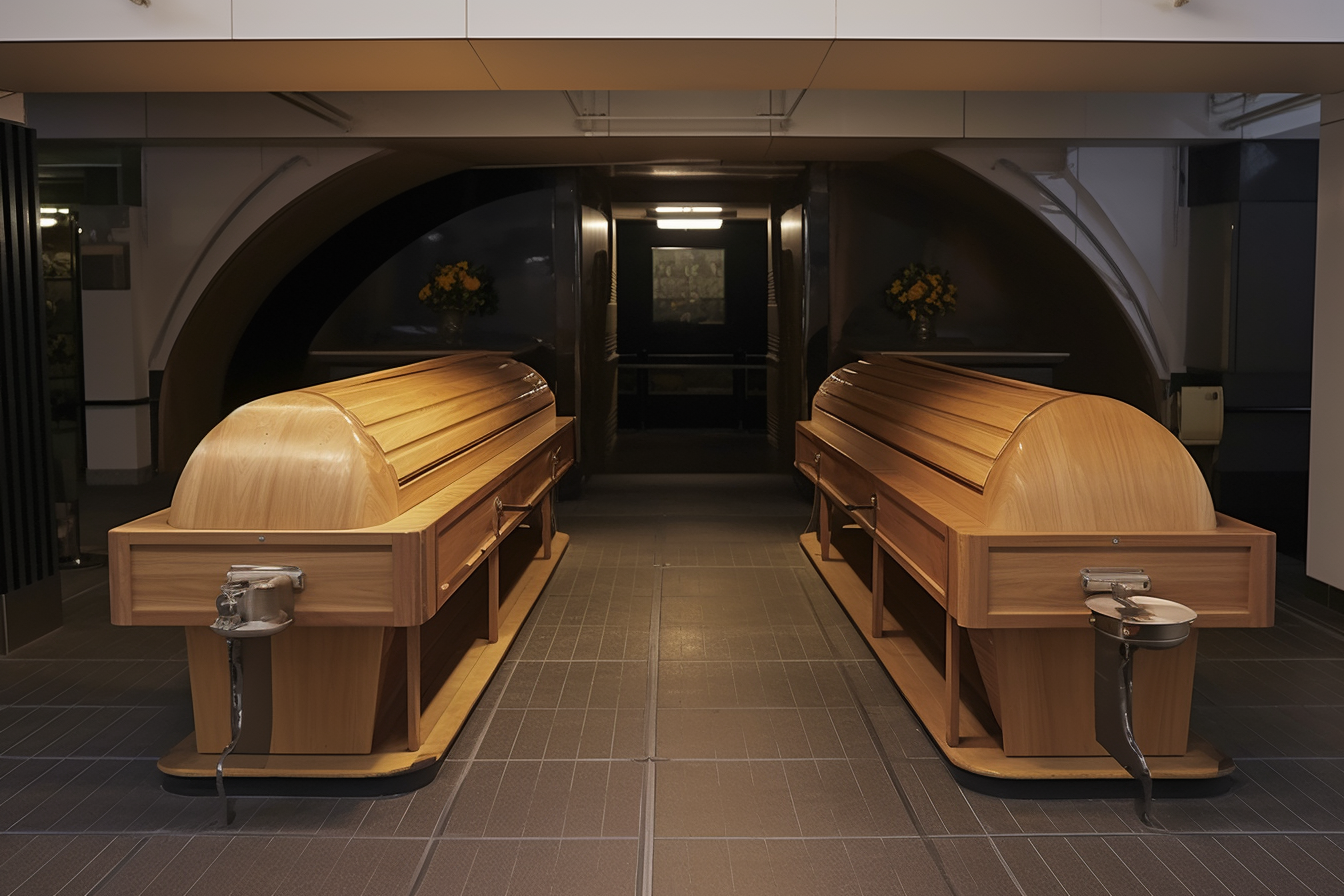Understanding Cremation: A Step-by-Step Guide to the Process
Cremation is an increasingly popular alternative to traditional burial, offering a different way to honor the deceased. Understanding what happens during cremation can help demystify the process, providing clarity and peace of mind. Here’s a comprehensive guide on how cremation works, step by step.

Initiating with Official Documentation and Permissions
Before cremation can take place, several legal documents must be properly completed and submitted. The death must first be registered with the local Register of Births and Deaths within five days (eight days in Scotland). The registrar will issue a Certificate for Burial or Cremation, commonly known as the “green form.” Additionally, two doctors must complete cremation forms confirming the cause of death, unless the death has been referred to a coroner. A specific cremation application form must also be completed by the next of kin or executor. This documentation process ensures that all legal requirements are met and that there are no impediments to cremation, such as the need for further investigation into the death.
Body Preparation for Cremation: Ensuring Respect and Care
Once the necessary paperwork is complete, preparation of the deceased begins. This involves washing and dressing the body according to family wishes or religious requirements. Any medical devices that could be hazardous during cremation, such as pacemakers or artificial joints containing batteries, must be removed. Jewelry and other personal items are typically removed and returned to the family unless specific instructions indicate they should remain with the deceased. Throughout this process, funeral directors maintain strict protocols to ensure the departed is treated with dignity and respect. Some families may choose to view the deceased during this stage, which funeral homes can arrange in a private, comfortable setting.
Handling and Transport Before the Cremation
Transportation of the deceased requires careful attention to both practical and respectful considerations. The body is typically placed in a specialized vehicle designed for dignified transport from the place of death or funeral home to the crematorium. Upon arrival at the crematorium, staff members transfer the coffin to a designated holding room until the scheduled service time. Most crematoriums have specific protocols for identification to ensure the right person is being cremated, including checking paperwork and sometimes using a tagging system. If a funeral service is to be held at the crematorium, the coffin may be placed on a catafalque (raised platform) in the chapel prior to the actual cremation.
Coffin Use: Purpose and Requirements
Coffins play an essential role in the cremation process, serving both practical and ceremonial purposes. For cremation, coffins must meet specific standards regarding composition and construction. They must be made from appropriate combustible materials, usually wood, cardboard, or other natural materials that won’t release harmful emissions when burned. Metal parts such as handles are typically designed to be easily removable before cremation. The coffin provides dignity during viewings and services while also facilitating safe and respectful handling of the deceased. Alternative options like shrouds or eco-friendly coffins are becoming increasingly available for those with environmental concerns, though specific requirements may vary between crematoriums.
Cremation Services and Providers
Cremation services vary widely across the UK, from simple, unattended direct cremations to elaborate ceremonies with full funeral services. Most crematoriums offer flexible approaches that can be tailored to family preferences, religious requirements, or cultural traditions.
| Provider | Services Offered | Key Features |
|---|---|---|
| Dignity Funerals | Traditional cremation, direct cremation, pre-paid plans | Nation-wide coverage, comprehensive service offerings |
| Co-op Funeralcare | Full service cremation, unattended cremation, memorial services | Membership benefits, ethical business practices |
| Pure Cremation | Direct cremation specialists | Fixed-price packages, no ceremony at crematorium |
| Memoria Crematoriums | Traditional and contemporary services | Modern facilities, extended service times available |
| The Natural Death Centre | Green cremation guidance and referrals | Environmentally-focused options, independent advice |
The Cremation Process and Technology
The actual cremation takes place in a purpose-built chamber called a cremator, which reaches temperatures between 760-1150°C. The coffin is placed into the chamber, where intense heat reduces the body and coffin to bone fragments over approximately 1-2 hours. Modern cremators are computer-controlled to ensure efficient and complete cremation while minimizing environmental impact through filtering systems that remove pollutants. Following cooling, the remaining bone fragments are carefully collected and processed into a fine ash using a specialized processor. Throughout this technical process, crematorium staff maintain strict identification procedures to ensure the integrity of each person’s remains. The resulting ashes are then placed in a temporary container or an urn provided by the family.
After Cremation: Options for Ashes
Families have numerous options for the final disposition of ashes following cremation. Many choose to collect the ashes in an urn for keeping at home or interring in a columbarium niche. Others prefer scattering at meaningful locations, though certain areas may require permission. Memorial gardens at crematoriums offer dedicated spaces for scattering or interment. More creative options include incorporating ashes into jewelry, art pieces, or even memorial trees. Some families choose to divide ashes among relatives or combine them with the ashes of a previously deceased spouse. The crematorium will typically store ashes for a limited time while families make these important decisions, allowing for thoughtful consideration without immediate pressure.
The cremation process combines technical precision with deep respect for the deceased and sensitivity to the needs of grieving families. Understanding each step helps demystify this increasingly common choice and enables families to make informed decisions during a difficult time.




